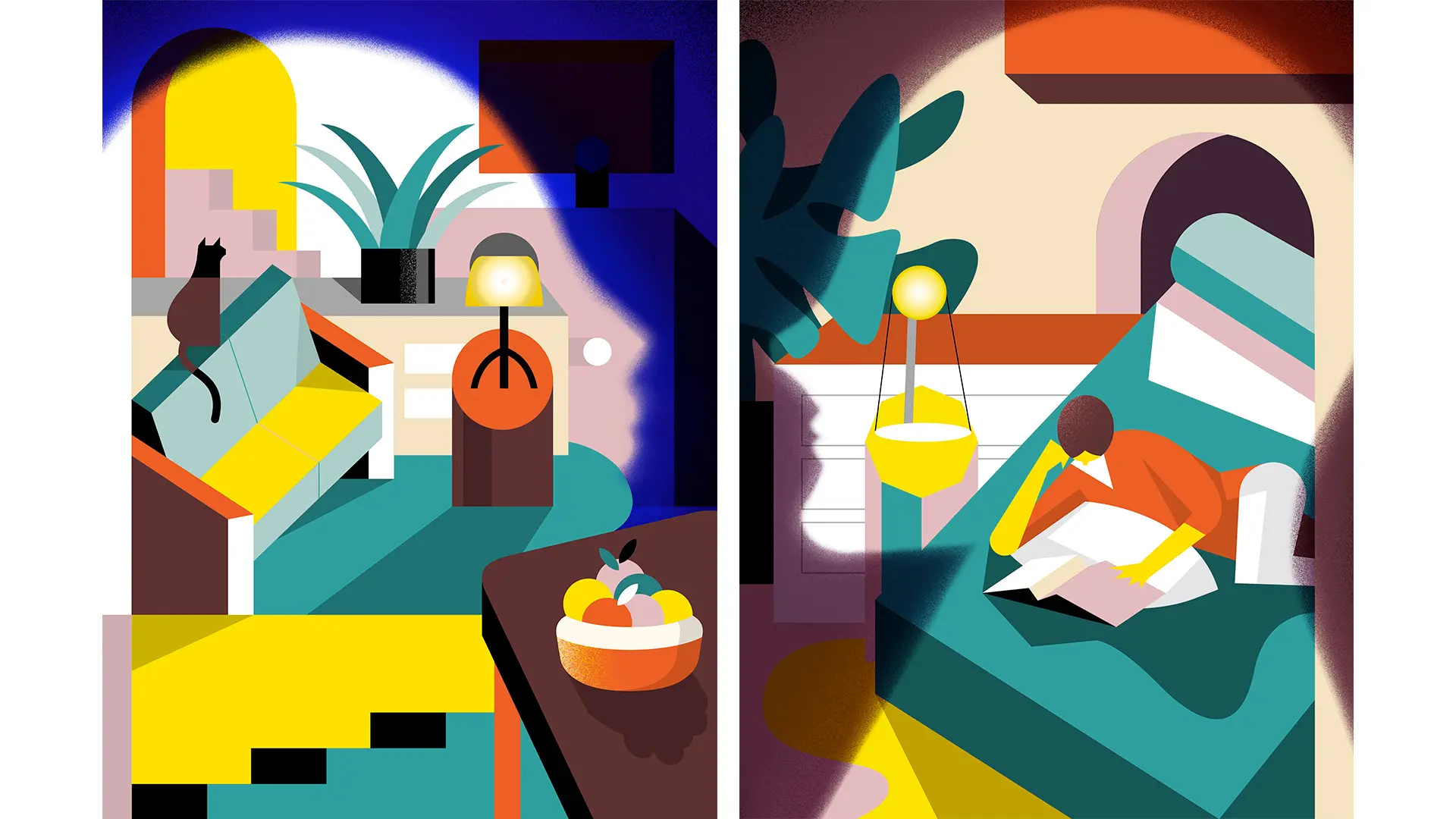In partnership with MiCodmc, a selection of establishments ripe for discovery during the 63rd edition of the Salone del Mobile.Milano, from 8th to 13th April

What’s in a lamp?, Foscarini, Luca Font
Some of the leading international designers addressed the theme of the new forms of contemporary living at the Road to Salone 2024. Here’s a brief run-down
What forms has contemporary living adopted? How has the concept of home evolved over the last few years? How have domestic habits changed? How are they likely to change over the next few decades? What challenges do domestic spaces face right now in order to become more “habitable.”
Our idea of home living is not set in stone but is subject to constant change. In any case, cities are becoming increasingly dynamic, technological and oriented towards the future, influencing our idea of home living. Cities these days are focused on sustainability with a view to improving their urban layout and making spaces more efficient, liveable and integrated with each other, on a human scale. Within this context, design represents a lens through which reality and its trajectories can be read, laying bare unprecedented consumer needs and habits. The new objects that populate domestic spaces are characterised by their future-oriented design, also in a more concrete sense – along with design and functionality, durability is an essential parameter when it comes to greater sustainability. Change has therefore become the leitmotif, along with increasingly present technological development, simplifying everyday processes and improving contemporary living.
At Road to Salone 2024, the road trip through Europe and the United States, which gave an initial taster of the 62nd edition of the Salone del Mobile, the subject of contemporary living was central to the meetings with international designers, who threw original and enriching light on this particular theme. At the Cheval Blanc Paris, a historic Parisian building revisited by Peter Marino, the designer Patrick Jouin underscored the fact that home living is in constant evolution, a key concept for the Salone del Mobile: “The number of family members changes, we’re living longer, and we become more attached to our homes as we get older. The Salone del Mobile is the place for staying in touch with these ongoing evolutions – what we learned in design and architecture schools is no longer 100% sufficient. We need to stay updated and adaptable, understand life in a broader, deeper sense. As a designer, I can say that you always need to strike a balance, and not be alarmed by the changes. Then you also need to know how to play it.”
The London leg, which took place at the 5-star Bulgari London Hotel, which opened in 2012, designed by Antonio Citterio, featured the British designers Edward Barber e Jay Osgerby. In their presentation, the duo highlighted the fact that the last few years have been crucial in accelerating the processes of change: “Precisely because people spend more time at home than in the past, it has to be capable of serving a number of different functions. What we have found is the increasing rejection of rooms designed for a single function, in favour of larger, free spaces that by their very nature contain an element of multi-functionality. Spaces that are increasingly changeable and adaptable according to the different times of the day.”
At the Hotel Wilmina in Berlin, a former women’s prison, the German designer Konstantin Grcic, underscored the fact that change cuts across different places and different cultures: “You can’t just talk about a single trend. The concept of home living is multifaceted and carries a different meaning in every culture – if we think about Asia, we realise that the spaces are smaller and more intimate compared to those in Berlin, where they are considerably larger. This also applies to the distinction between public and private, which varies a lot from culture to culture.” Grcic emphasised the centrality of the Salone del Mobile’s role as an opportunity to share ideas, concepts and trends: “The Salone is a physical space, it’s real, which is why it’s an unmissable destination.”
In Denmark, at Villa Copenhagen, a hotel in the former Danish Post and Telegraph Company building, Luca Nichetto’s design project put the accent on the return of living spaces characterised by rooms with well-defined functions: “The concept of home living has changed a great deal over the last few years, the last ten in particular. We’ve moved from the open space concept to the realisation that designated rooms work better. I hope to see fewer trends, rather a return to greater personalisation of spaces.” According to the Danish designer Felicia Arvid, the concept of home living has been transformed, making for a more permeable relationship between public and private spaces. Arvid emphasised the centrality of the Salone when it comes to “exploring the present whilst gleaning an idea of the future.”


 Exhibitions
Exhibitions










